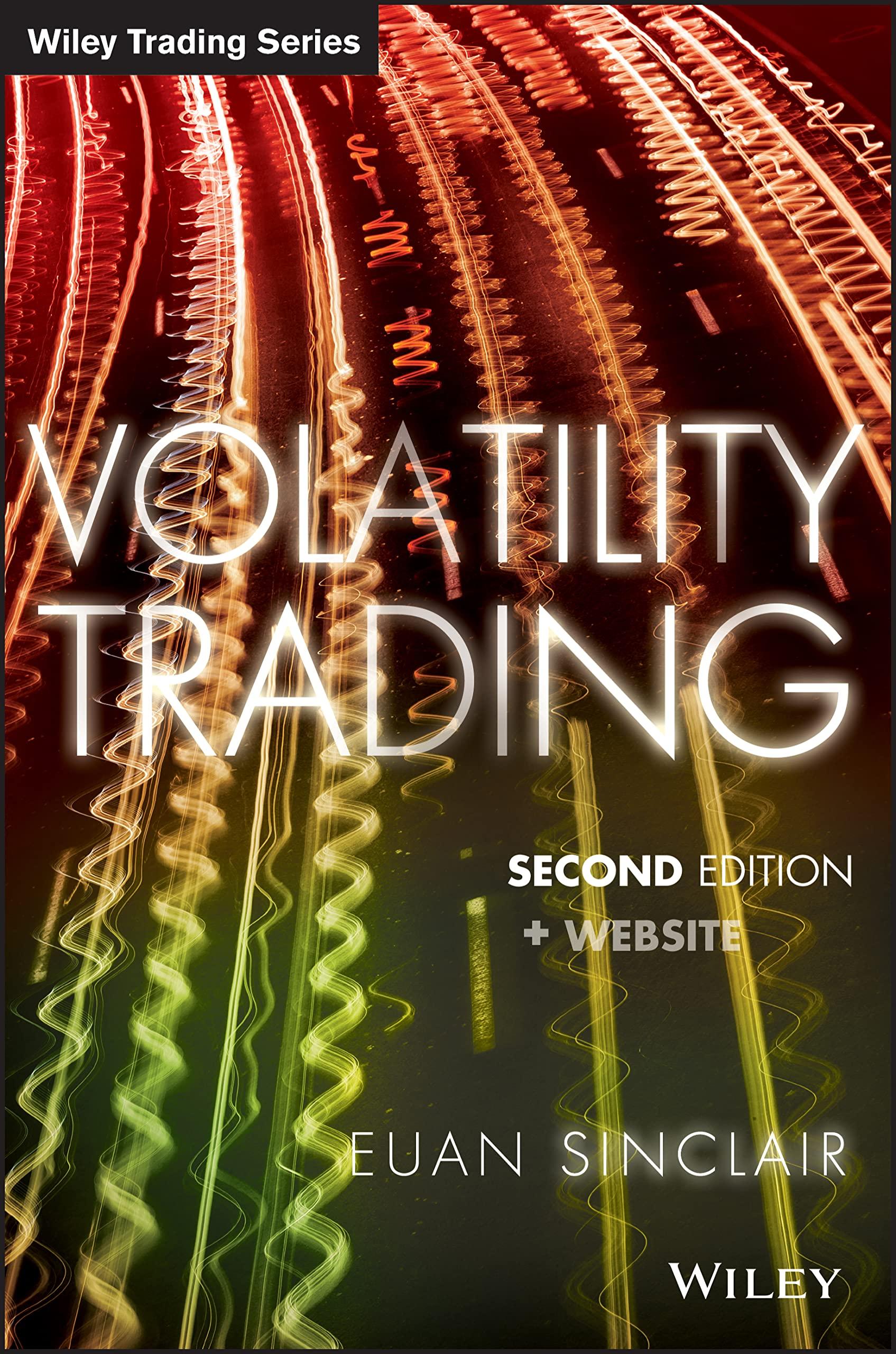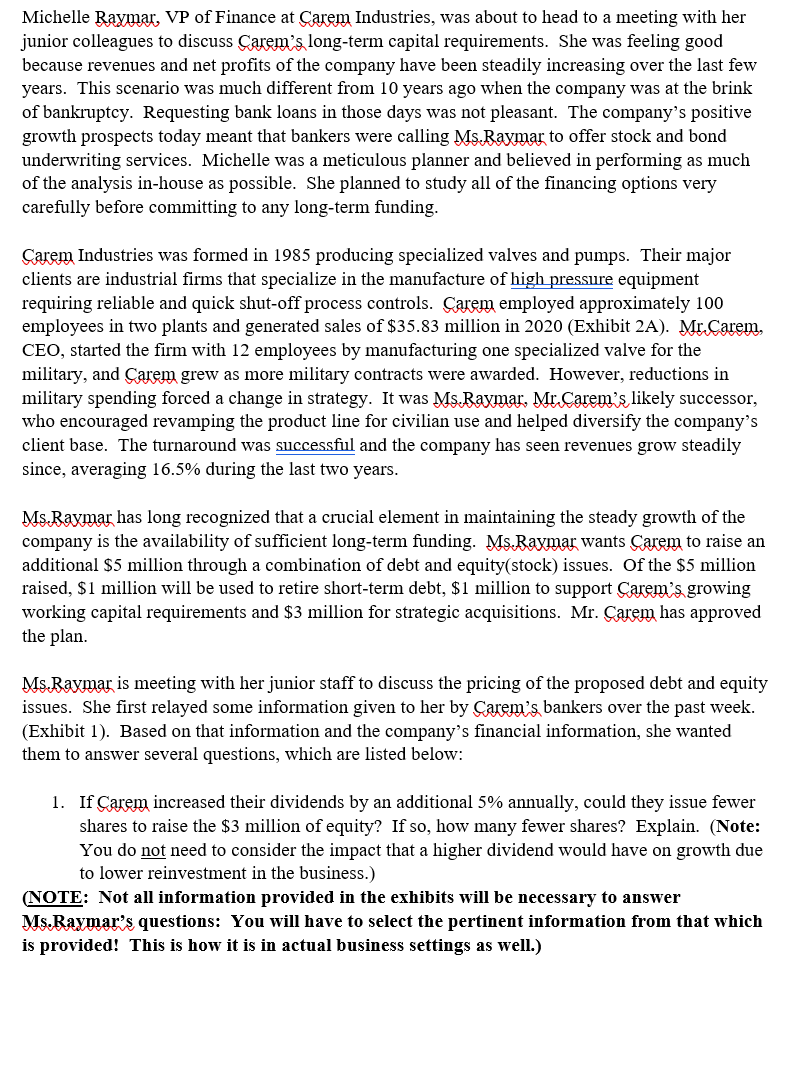
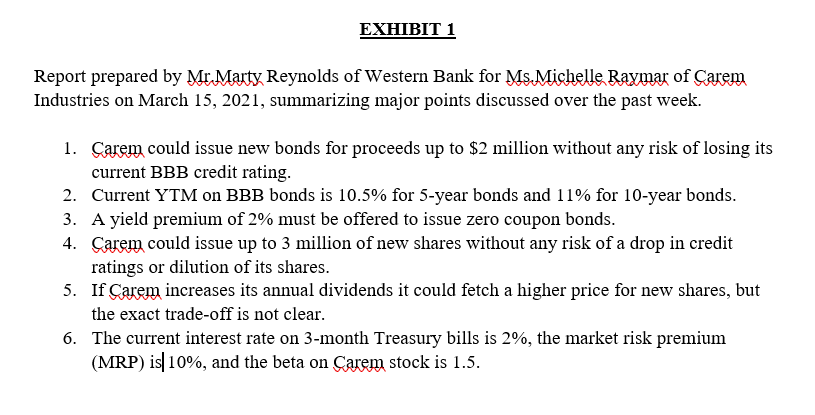
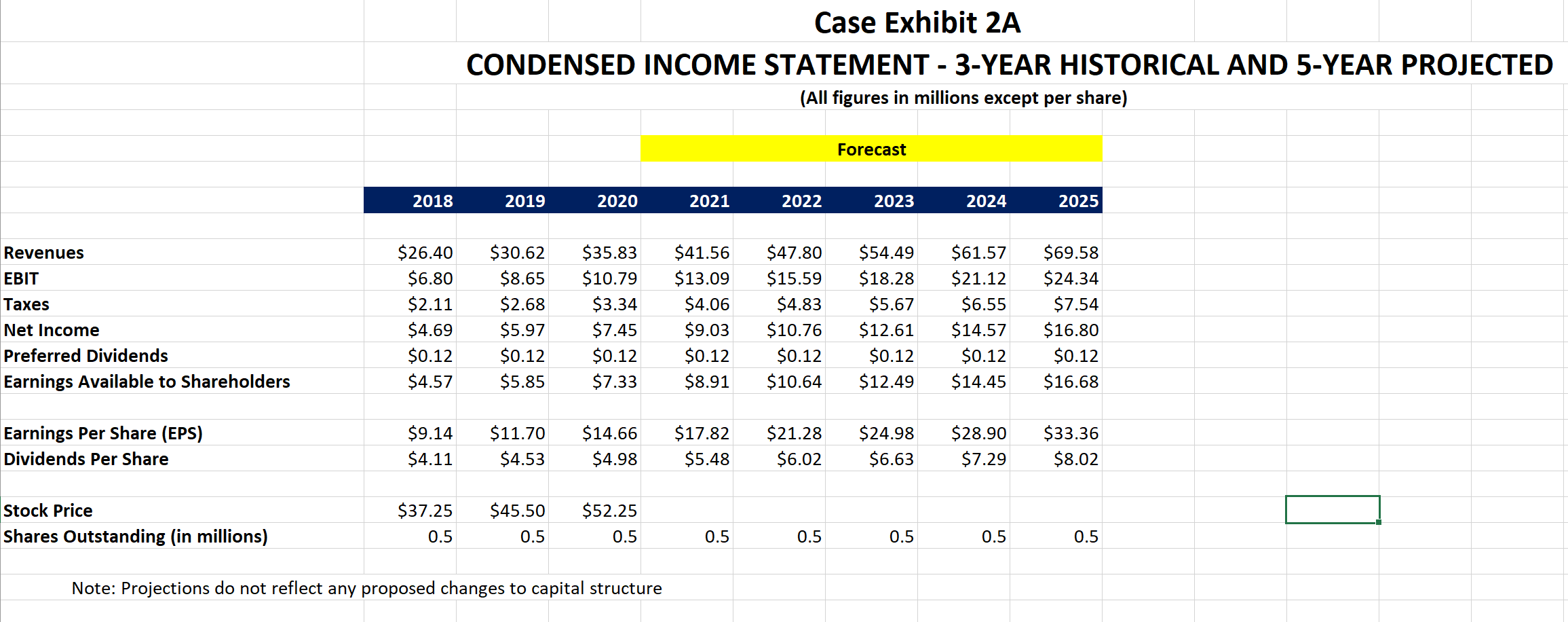
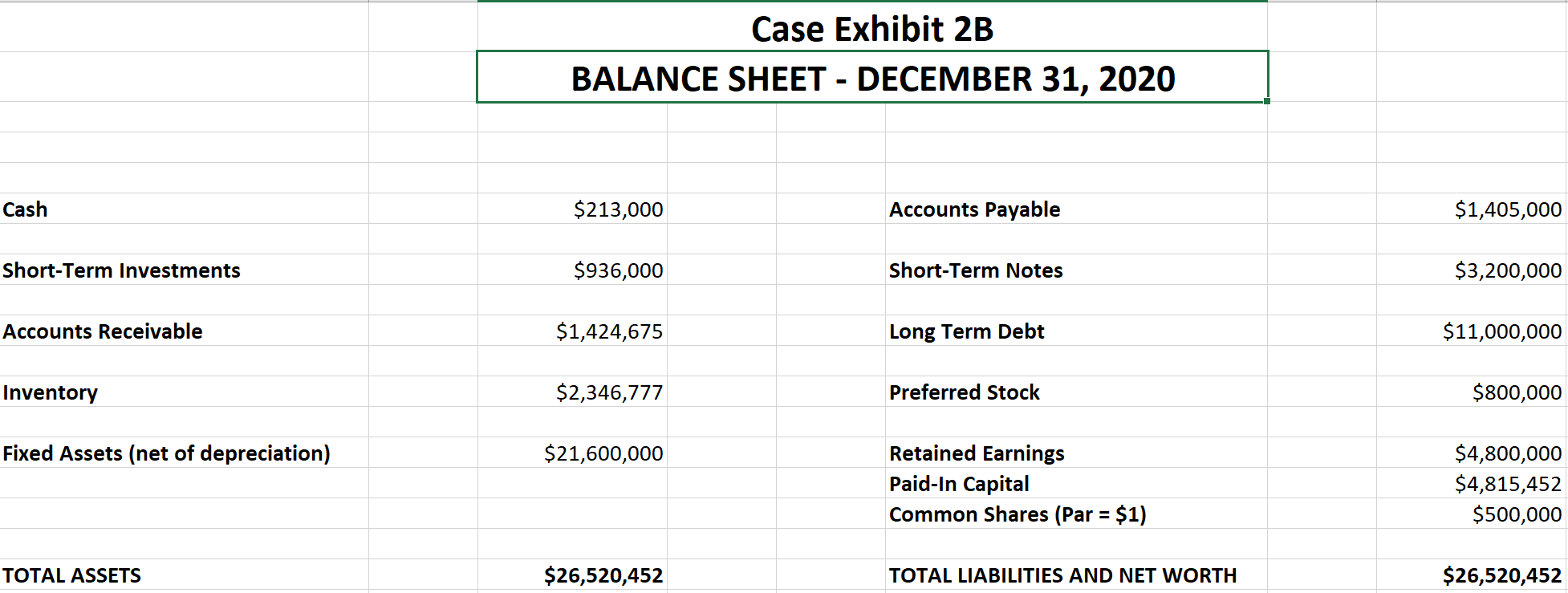
Michelle Raymar, VP of Finance at Carem Industries, was about to head to a meeting with her junior colleagues to discuss Carem's long-term capital requirements. She was feeling good because revenues and net profits of the company have been steadily increasing over the last few years. This scenario was much different from 10 years ago when the company was at the brink of bankruptcy. Requesting bank loans in those days was not pleasant. The company's positive growth prospects today meant that bankers were calling Ms. Raymar to offer stock and bond underwriting services. Michelle was a meticulous planner and believed in performing as much of the analysis in-house as possible. She planned to study all of the financing options very carefully before committing to any long-term funding. Carem Industries was formed in 1985 producing specialized valves and pumps. Their major clients are industrial firms that specialize in the manufacture of high pressure equipment requiring reliable and quick shut-off process controls. Carem employed approximately 100 employees in two plants and generated sales of $35.83 million in 2020 (Exhibit 2A). Mr.Carem, CEO, started the firm with 12 employees by manufacturing one specialized valve for the military, and Carem grew as more military contracts were awarded. However, reductions in military spending forced a change in strategy. It was Ms. Raymar, Mr.Carem's likely successor, who encouraged revamping the product line for civilian use and helped diversify the company's client base. The turnaround was successful and the company has seen revenues grow steadily since, averaging 16.5% during the last two years. Ms. Raymar has long recognized that a crucial element in maintaining the steady growth of the company is the availability of sufficient long-term funding. Ms.Raymar wants Carem to raise an additional $5 million through a combination of debt and equity(stock) issues. Of the $5 million raised, $1 million will be used to retire short-term debt, $1 million to support Carem's growing working capital requirements and $3 million for strategic acquisitions. Mr. Carem has approved the plan. Ms. Raymar is meeting with her junior staff to discuss the pricing of the proposed debt and equity issues. She first relayed some information given to her by Carem's bankers over the past week. (Exhibit 1). Based on that information and the company's financial information, she wanted them to answer several questions, which are listed below: 1. If Carem increased their dividends by an additional 5% annually, could they issue fewer shares to raise the $3 million of equity? If so, how many fewer shares? Explain. (Note: You do not need to consider the impact that a higher dividend would have on growth due to lower reinvestment in the business.) (NOTE: Not all information provided in the exhibits will be necessary to answer Ms.Raymar's questions: You will have to select the pertinent information from that which is provided! This is how it is in actual business settings as well.) EXHIBIT 1 Report prepared by Mr. Marty Reynolds of Western Bank for Ms. Michelle Raymar of Carem Industries on March 15, 2021, summarizing major points discussed over the past week. 1. Carem could issue new bonds for proceeds up to $2 million without any risk of losing its current BBB credit rating. 2. Current YTM on BBB bonds is 10.5% for 5-year bonds and 11% for 10-year bonds. 3. A yield premium of 2% must be offered to issue zero coupon bonds. 4. Carem could issue up to 3 million of new shares without any risk of a drop in credit ratings or dilution of its shares. 5. If Carem increases its annual dividends it could fetch a higher price for new shares, but the exact trade-off is not clear. 6. The current interest rate on 3-month Treasury bills is 2%, the market risk premium (MRP) is|10%, and the beta on Carem stock is 1.5. Case Exhibit 2A CONDENSED INCOME STATEMENT - 3-YEAR HISTORICAL AND 5-YEAR PROJECTED (All figures in millions except per share) Forecast 2018 2019 2020 2021 2022 2023 2024 2025 Revenues EBIT Taxes $26.40 $6.80 $2.11 $4.69 $0.12 $4.57 $30.62 $8.65 $2.68 $5.97 $0.12 $5.85 $35.83 $10.79 $3.34 $7.45 $0.12 $7.33 $41.56 $13.09 $4.06 $9.03 $0.12 $8.91 $47.80 $15.59 $4.83 $10.76 $0.12 $10.64 $54.49 $18.28 $5.67 $12.61 $0.12 $12.49 $61.57 $21.12 $6.55 $14.57 $0.12 $14.45 $69.58 $24.34 $7.54 $16.80 $0.12 $16.68 Net Income Preferred Dividends Earnings Available to Shareholders Earnings Per Share (EPS) Dividends Per Share $9.14 $4.11 $11.70 $4.53 $14.66 $4.98 $17.82 $5.48 $21.28 $6.02 $24.98 $6.63 $28.90 $7.29 $33.36 $8.02 Stock Price Shares Outstanding (in millions) $37.25 0.5 $45.50 0.5 $52.25 0.5 0.5 0.5 0.5 0.5 0.5 Note: Projections do not reflect any proposed changes to capital structure Case Exhibit 2B BALANCE SHEET - DECEMBER 31, 2020 Cash $213,000 Accounts Payable $1,405,000 Short-Term Investments $936,000 Short-Term Notes $3,200,000 Accounts Receivable $1,424,675 Long Term Debt $11,000,000 Inventory $2,346,777 Preferred Stock $800,000 Fixed Assets (net of depreciation) $21,600,000 Retained Earnings Paid-In Capital Common Shares (Par = $1) $4,800,000 $4,815,452 $500,000 TOTAL ASSETS $26,520,452 TOTAL LIABILITIES AND NET WORTH $26,520,452 Michelle Raymar, VP of Finance at Carem Industries, was about to head to a meeting with her junior colleagues to discuss Carem's long-term capital requirements. She was feeling good because revenues and net profits of the company have been steadily increasing over the last few years. This scenario was much different from 10 years ago when the company was at the brink of bankruptcy. Requesting bank loans in those days was not pleasant. The company's positive growth prospects today meant that bankers were calling Ms. Raymar to offer stock and bond underwriting services. Michelle was a meticulous planner and believed in performing as much of the analysis in-house as possible. She planned to study all of the financing options very carefully before committing to any long-term funding. Carem Industries was formed in 1985 producing specialized valves and pumps. Their major clients are industrial firms that specialize in the manufacture of high pressure equipment requiring reliable and quick shut-off process controls. Carem employed approximately 100 employees in two plants and generated sales of $35.83 million in 2020 (Exhibit 2A). Mr.Carem, CEO, started the firm with 12 employees by manufacturing one specialized valve for the military, and Carem grew as more military contracts were awarded. However, reductions in military spending forced a change in strategy. It was Ms. Raymar, Mr.Carem's likely successor, who encouraged revamping the product line for civilian use and helped diversify the company's client base. The turnaround was successful and the company has seen revenues grow steadily since, averaging 16.5% during the last two years. Ms. Raymar has long recognized that a crucial element in maintaining the steady growth of the company is the availability of sufficient long-term funding. Ms.Raymar wants Carem to raise an additional $5 million through a combination of debt and equity(stock) issues. Of the $5 million raised, $1 million will be used to retire short-term debt, $1 million to support Carem's growing working capital requirements and $3 million for strategic acquisitions. Mr. Carem has approved the plan. Ms. Raymar is meeting with her junior staff to discuss the pricing of the proposed debt and equity issues. She first relayed some information given to her by Carem's bankers over the past week. (Exhibit 1). Based on that information and the company's financial information, she wanted them to answer several questions, which are listed below: 1. If Carem increased their dividends by an additional 5% annually, could they issue fewer shares to raise the $3 million of equity? If so, how many fewer shares? Explain. (Note: You do not need to consider the impact that a higher dividend would have on growth due to lower reinvestment in the business.) (NOTE: Not all information provided in the exhibits will be necessary to answer Ms.Raymar's questions: You will have to select the pertinent information from that which is provided! This is how it is in actual business settings as well.) EXHIBIT 1 Report prepared by Mr. Marty Reynolds of Western Bank for Ms. Michelle Raymar of Carem Industries on March 15, 2021, summarizing major points discussed over the past week. 1. Carem could issue new bonds for proceeds up to $2 million without any risk of losing its current BBB credit rating. 2. Current YTM on BBB bonds is 10.5% for 5-year bonds and 11% for 10-year bonds. 3. A yield premium of 2% must be offered to issue zero coupon bonds. 4. Carem could issue up to 3 million of new shares without any risk of a drop in credit ratings or dilution of its shares. 5. If Carem increases its annual dividends it could fetch a higher price for new shares, but the exact trade-off is not clear. 6. The current interest rate on 3-month Treasury bills is 2%, the market risk premium (MRP) is|10%, and the beta on Carem stock is 1.5. Case Exhibit 2A CONDENSED INCOME STATEMENT - 3-YEAR HISTORICAL AND 5-YEAR PROJECTED (All figures in millions except per share) Forecast 2018 2019 2020 2021 2022 2023 2024 2025 Revenues EBIT Taxes $26.40 $6.80 $2.11 $4.69 $0.12 $4.57 $30.62 $8.65 $2.68 $5.97 $0.12 $5.85 $35.83 $10.79 $3.34 $7.45 $0.12 $7.33 $41.56 $13.09 $4.06 $9.03 $0.12 $8.91 $47.80 $15.59 $4.83 $10.76 $0.12 $10.64 $54.49 $18.28 $5.67 $12.61 $0.12 $12.49 $61.57 $21.12 $6.55 $14.57 $0.12 $14.45 $69.58 $24.34 $7.54 $16.80 $0.12 $16.68 Net Income Preferred Dividends Earnings Available to Shareholders Earnings Per Share (EPS) Dividends Per Share $9.14 $4.11 $11.70 $4.53 $14.66 $4.98 $17.82 $5.48 $21.28 $6.02 $24.98 $6.63 $28.90 $7.29 $33.36 $8.02 Stock Price Shares Outstanding (in millions) $37.25 0.5 $45.50 0.5 $52.25 0.5 0.5 0.5 0.5 0.5 0.5 Note: Projections do not reflect any proposed changes to capital structure Case Exhibit 2B BALANCE SHEET - DECEMBER 31, 2020 Cash $213,000 Accounts Payable $1,405,000 Short-Term Investments $936,000 Short-Term Notes $3,200,000 Accounts Receivable $1,424,675 Long Term Debt $11,000,000 Inventory $2,346,777 Preferred Stock $800,000 Fixed Assets (net of depreciation) $21,600,000 Retained Earnings Paid-In Capital Common Shares (Par = $1) $4,800,000 $4,815,452 $500,000 TOTAL ASSETS $26,520,452 TOTAL LIABILITIES AND NET WORTH $26,520,452










